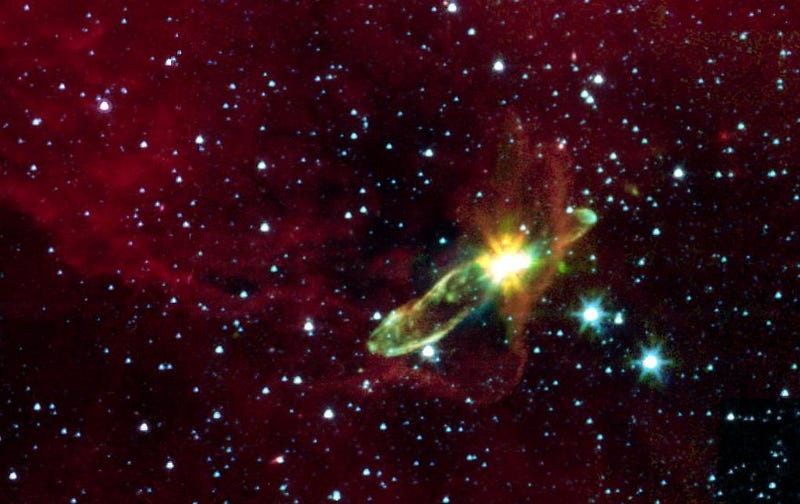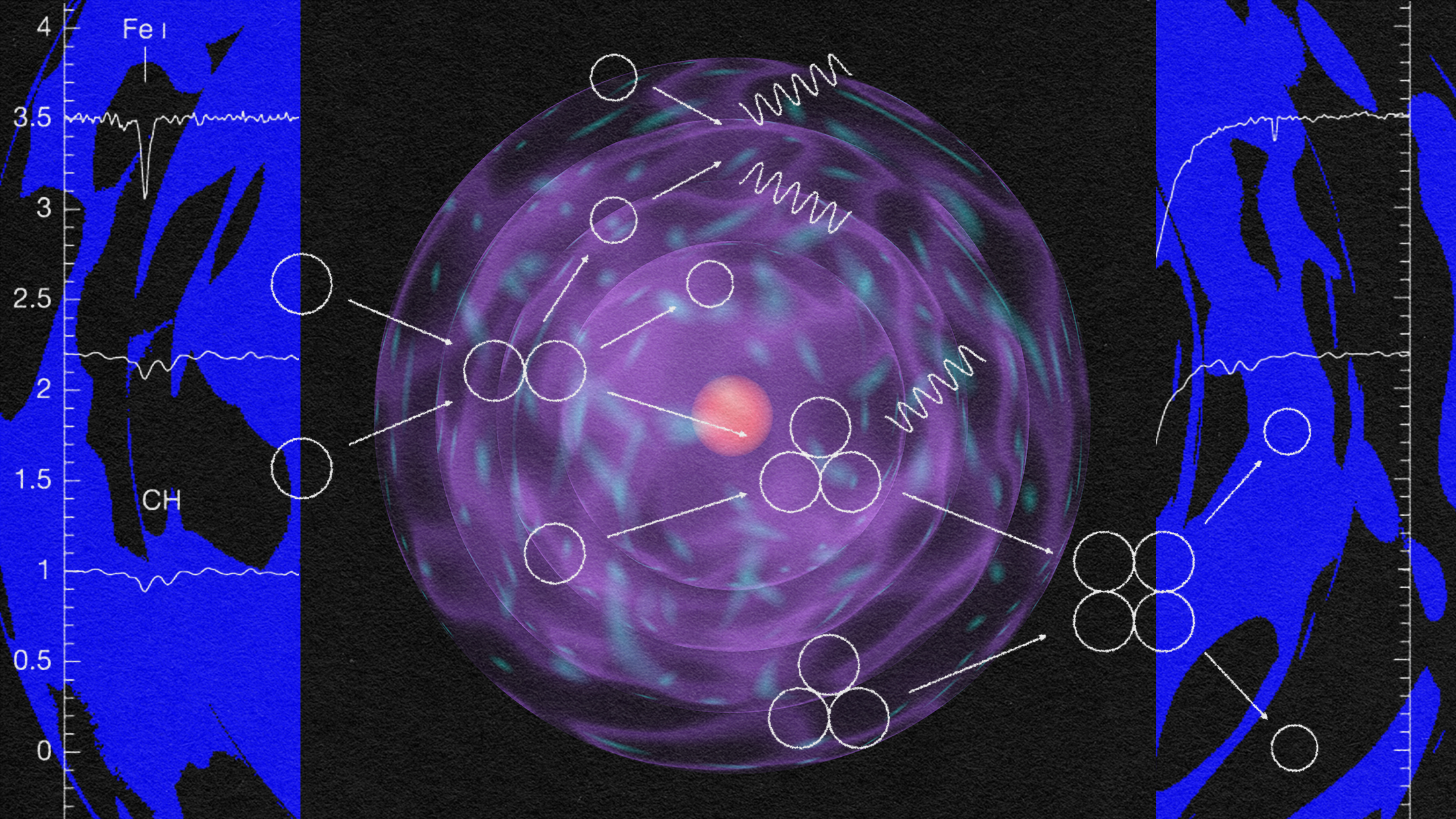Science is not a democracy

And, at a fundamental level, it can never be one.
“Even when Darwin’s teaching first made its appearance, it became clear at once that its scientific, materialist core, its teaching concerning the evolution of living nature, was antagonistic to the idealism that reigned in biology.”
–Trofim Lysenko
When it comes to a wide variety of issues — the safety of GMOs, the efficacy of vaccines, the veracity of human-caused climate change, air and water pollution, or nuclear power — many of us have opinions that are based on fear or ideology, rather than on what the science says. In many cases, we even vote (or ask our representatives to vote) on not just policy but on the science of these issues, such as the senate did on the issue of climate change in 2015. This strikes me as the epitome of silliness, not merely because the idea of voting on science is completely antithetical to the entire enterprise of science itself, but because debate in science isn’t about achieving consensus, but rather is about raising the issues that need to be clarified to determine the answer. And once those issues are clarified, the conclusion is no longer a matter of opinion, but becomes scientifically robust and validated. Nearly 100 years ago, astronomy was facing a tremendous internal controversy, just as many fields of science do throughout history.

At the same time that Einstein’s General theory of Relativity was rocking the foundations of fundamental physics, a great debate concerning the nature of these spiral nebulae was dividing astronomers. The other types of nebulae — the open and globular clusters, the supernova remnants, the planetary nebulae, and the extended (starforming) red-and-blue nebulae — were all known to reside within the Milky Way.
But the hotly debated issue was the nature of these numerous spiral nebulae. On one hand, the majority of astronomers thought the best explanation was that these nebulae were protostars in the process of forming, also contained within our own Milky Way. On the other hand, a substantial minority contended that these might be “island Universes” in their own right, far beyond the Milky Way itself.

Looking back on it from the perspective of today, the idea that one of these galaxies could be a simple protostar sounds absurd, doesn’t it? But as it turns out, this explanation has more merit than you might think. Consider the following.
Imagine that you start with some matter: a neutral, molecular cloud of gas. If the gas is cool enough, it’s going to start to collapse under its own gravity; that much is inevitable. In general, a gas cloud won’t be perfectly spherical, but rather it will be shortest in one direction compared to all the others. Because of the way that gravitation works, that direction will collapse down the fastest, and because atoms interact with one another, collisions will occur, atoms will stick together, and the gas will begin to emit energy. What we’ll be left with, in this picture, is a flat, rotating cloud of gas, whose density is highest towards the center. Eventually, it was suspected, stars will form at the center, but that these nebulae represented an early stage in the formation of new stars. This was — at least at the time — a completely reasonable explanation for the nature of spiral nebulae.

If these cosmic spirals were, in fact, proto-stars contained within our galaxy, then that would mean that the Milky Way — some 100,000 light-years across — encompassed the entirety of the known Universe, with nothing but the vast void of infinity lying beyond. However, if these spirals were “island Universes” — distant, Milky Way-like objects containing billions of stars of their own — then our Universe extended far beyond our own galaxy, extending for at least many millions of light-years (and possibly more) in size. Although a huge set of observations, sketches and photographs were taken of these deep-sky objects, a consensus failed to emerge, as the two sides pointed to different pieces of evidence and different interpretations to reach different conclusions. Emotions ran high on both sides of this debate, as the fundamental question of the scale and even the nature of the Universe was at stake!

In 1920, in an effort to resolve the issue, an event known as The Great Debate was held, where two renowned astronomers — Harlow Shapley (for the protostars side) and Heber Curtis (for the island Universes side) — would present the best arguments and counterarguments on the topic of the scale of the Universe. They took observations and facts that both sides agreed upon, and presented arguments for which interpretation best fit the data. There were six major points of contention between the two factions. At the end of the debate, the academy they presented to — the National Academy of Sciences — held a vote to declare a winner.

1.) Observations of Messier 101 (the Pinwheel Galaxy) over the course of many years appeared to show that individual features within this nebula were rotating over time. Shapley contended that this nebula could not be a object even approaching the scale of the Milky Way, as the rotational speeds required would be many times faster than the speed of light, the ultimate speed limit of the Universe. Curtis countered that, while if those observations were correct, they would disfavor the island Universes picture, the observations were at the very limit of what the best instruments could detect, and that these effects were not observed in the other spirals. Thus, Curtis advocated that the observations themselves could not be trusted.

2.) Observations of Messier 31 (the Andromeda Galaxy) showed that there are many objects flaring up in that small region of the sky. They were similar in brightness to the novae that we see in our own Milky Way, except they were incredibly dim, and there were more of them seen in this one region than in the rest of the Milky Way combined. Curtis estimated that this object must be millions of lightyears away, placing it far outside the extent of the Milky Way galaxy. Shapley, however, countered that there was a very bright flareup in 1885 that couldn’t have possibly been a nova, and therefore Curtis’ explanation must be flawed.

3.) These spiral nebulae were also observed spectroscopically, which means the light coming from them was broken up into individual wavelengths, recorded, and analyzed. The spectra coming from them did not appear to match the spectrum of any known stars, which was puzzling. Shapley contended that this was because these nebulae were not yet stars, and therefore should have their own, unique signatures. Curtis, on the other hand, argued that these spirals were, in fact, filled with stars, but that the stars that dominated these island Universes were not like the ones nearby us in the Milky Way. On the contrary, he argued, these were dominated by stars that were hotter, bluer and brighter than the average stars we can see, and were furthermore located in environment very different from the stars we saw. Therefore, it’s no surprise that their spectra would be skewed compared to what we’re used to observing.

4.) A very contentious observation was that there were no spiral nebulae observed in the plane of the Milky Way. This was an especially difficult observation for Shapley to contend with, because there are far more stars in the plane of the Milky Way than anywhere else in the sky. Curtis advanced the argument that these spiral nebulae are actually everywhere in the sky, but because they’re so much more distant than the objects within our galaxy, the plane of the Milky Way blocks the light from the spirals that happen to be behind it. Shapley was forced to contend that there must be something about the plane of the Milky Way that disfavors proto-stars from forming there. In perhaps a stroke of brilliance, he argued that the Milky Way itself was not only larger than was previously suspected, but that our Sun was located far from its center, and that there was a vast amount of lightblocking dust behind the visible stars that was preventing us from seeing these nebulae. If only infrared astronomy had been pioneered back then, perhaps they would have learned they were both correct: the lightblocking dust does obscure the spiral nebulae, which exist in abundance beyond the plane of the Milky Way!

5.) It was pointed out that the starlight from the known stars in our night sky, if viewed from the great distances that Curtis contended this nebulae were located, would be far too dim to account for our observations. Shapley pounced on this point, asserting that the only explanation was that these spiral nebulae were not collections of stars located at supremely great distances. Curtis was forced to resort to the same argument he used for the third point: that these spiral nebulae were filled with stars, but that the stars that dominated these distant, island Universes were not representative of the stars found nearby our location in space.

6.) Finally, the last observation was that the speeds of most of these spirals had been measured. And while there were a few, such as Bode’s Nebula (Messier 81) that were moving at just a few kilometerspersecond, typical of objects within the Milky Way, the vast majority of them were moving incredibly fast: many hundreds or even over a thousand kilometers-per-second. With only a few exceptions, they were moving directly away from us. Neither side had a compelling explanation to deliver at the time, the extraordinary length of the debate perhaps having taken its toll on the two participants.
So with all that, who won?
Believe it or not, it doesn’t matter. What matters isn’t what people thought the answer was — since they only had incomplete information — but rather that this debate was an important step in laying out what the arguments would be to support each of these two competing ideas.

As it turns out, there are protostars in our galaxy with disks around them, but that’s not what the spiral nebulae are. It was only with the discovery of a well-known class of star in these spiral nebulae that their distances could be determined, and hence, the great debate was finally resolved.

But it isn’t arguments or votes or opinion that herald the acceptance of a scientific explanation: it’s the evidence. Follow it wherever it leads.
This post first appeared at Forbes. Leave your comments on our forum, check out our first book: Beyond The Galaxy, and support our Patreon campaign!





